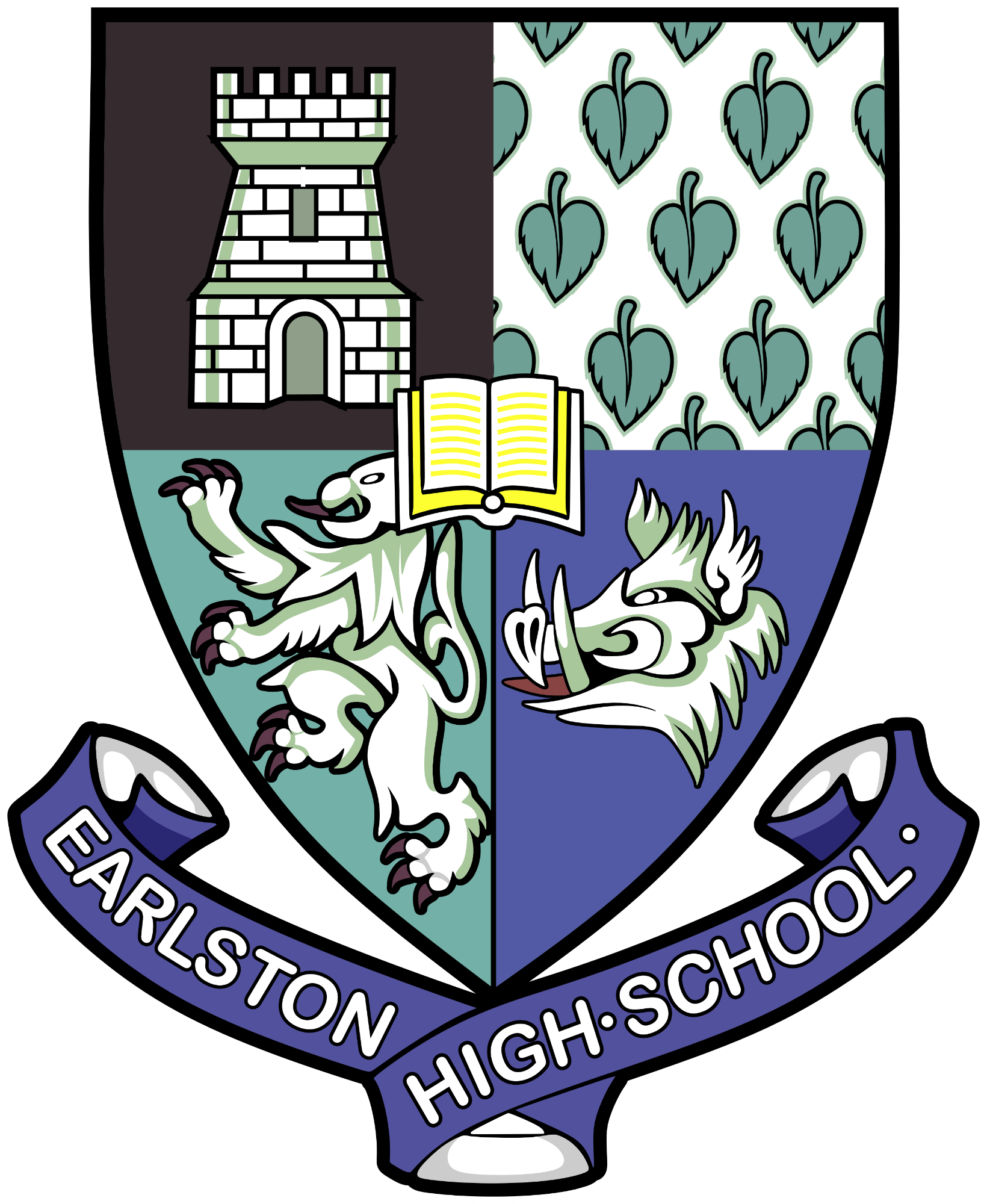Technologies

Our revision tips for the Technologies department.
Now for some of you this will be the first time you are revising for exam season. Others with have had experience but now as a sixth year I know that many of the ways I revise have been recent developments rather than something I have done all along. A lot has been done this year to promote effective study methods, but nothing can compare to hearing it from pupils who have experience in the specific subject. This blog series will provide an insight into the ways we find it best to revise for specific subjects.
Graphics
For me, Graphics is a nice course to revise. I used the textbooks that included all the necessary information to create flashcards. By testing myself with flashcards, I could find weak areas before doing a past paper. For CAD modelling questions, it can be useful to create a part in CAD after answering the question to identify mistakes quickly and visually. Unlike other subjects, I do find group study effective for graphics, so the study days that are put on can be extremely valuable. It is useful to bounce ideas off of each other as many of the questions have countless answers that many would not originally think of.
Written & Researched by Darcy Robson
Practical Woodwork
Practical Woodwork is unusual in the fact that the exam goes toward a small percentage of your overall grade. That doesn’t mean that you can let it pass by without any effort. The good news is much of the exam can be revised using what is learnt through the practical side. When answering questions, think through the same process as you would in a practical lesson. For the questions surrounding material properties, using the information available in textbooks is best. And just like many subjects, past papers are the best way to make sure you are prepared for any question the SQA asks.
Written & Researched by Darcy Robson
D&M
Like many practical subjects, D&M has a lot of focus on the practical aspects. But the exam is still important, so get a knowledge organiser. Collate all the information that is required and condense it into a manageable amount. To find the information, have a look at the textbooks available. These have more than enough information to form full and accurate answers. For memory practice, try flashcards. Creating them as well as using them consistently and effectively can help with memory.
Written & Researched by Darcy Robson
Engineering Science
Using the mark scheme of past papers can be useful to pick up exactly where marks can be gained. These can help you form model answers which you can then use to answer any questions. Using these structures to repeat past paper questions can help you to feel more comfortable when answering similar questions in the exam. Spacing out revision can help with the understanding of the difficult course.
Written by Darcy Robson from the research of Ellie Moffat
Business
First compact your notes into the graphic organiser that is given out at the start of the year. For section 2 of the exam, you can use flashcards to learn the key terms to answer questions. Repetition is key to learning the definitions. The first section is best revised through past paper questions from the SQA. These can be marked by teachers, and you can always reach out to teachers for help and support.
Written by Darcy Robson from the research of Millie Thomson
We hope you’ve picked up something from our revision guide. We have a guide for each faculty and subject in the schools, so go and check out what we have to say about all your other subjects. You might just learn a few tips and tricks.
